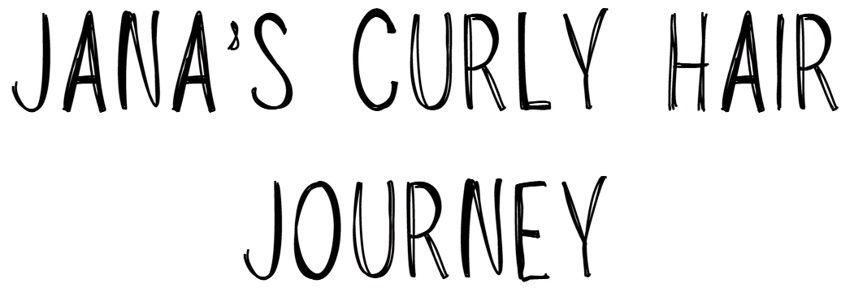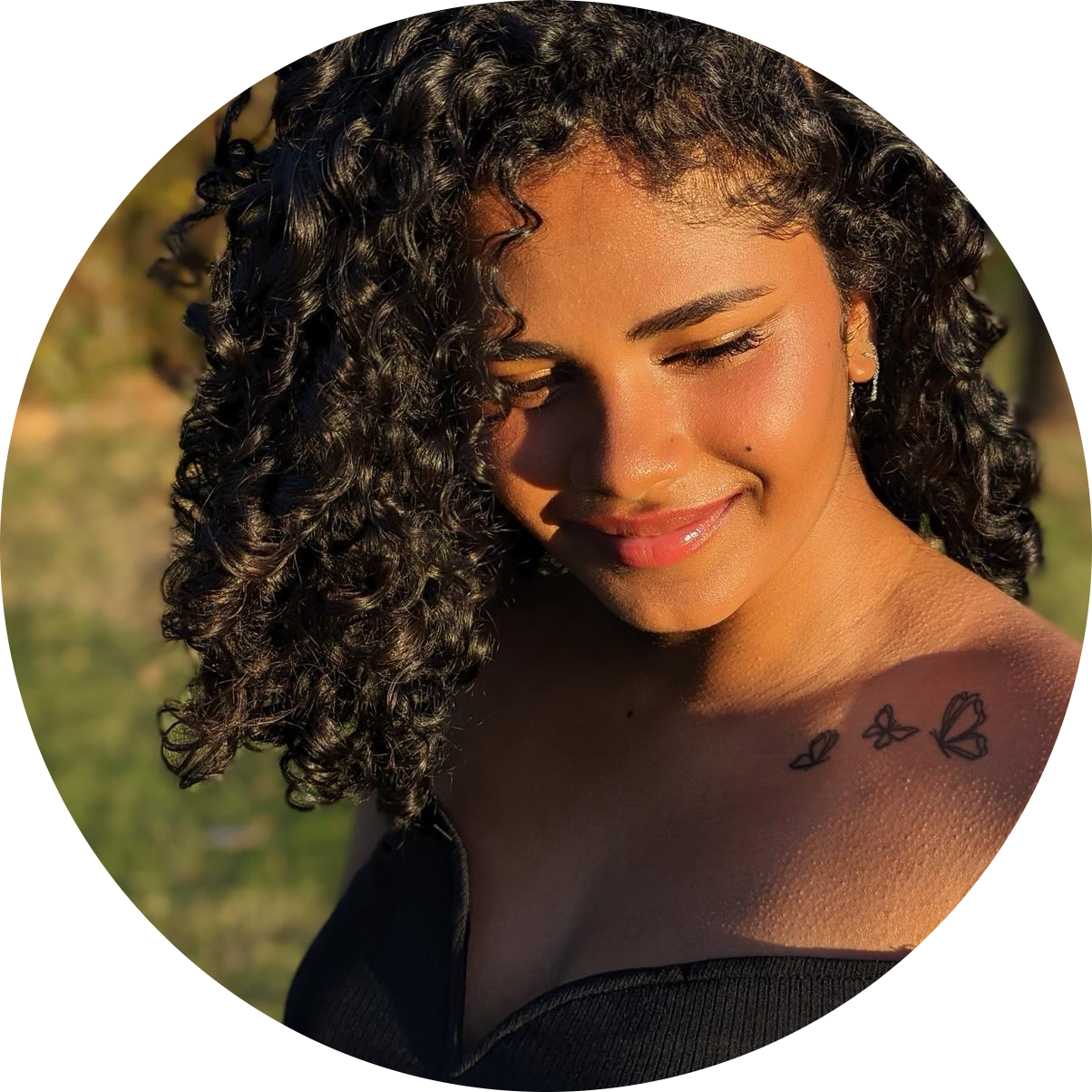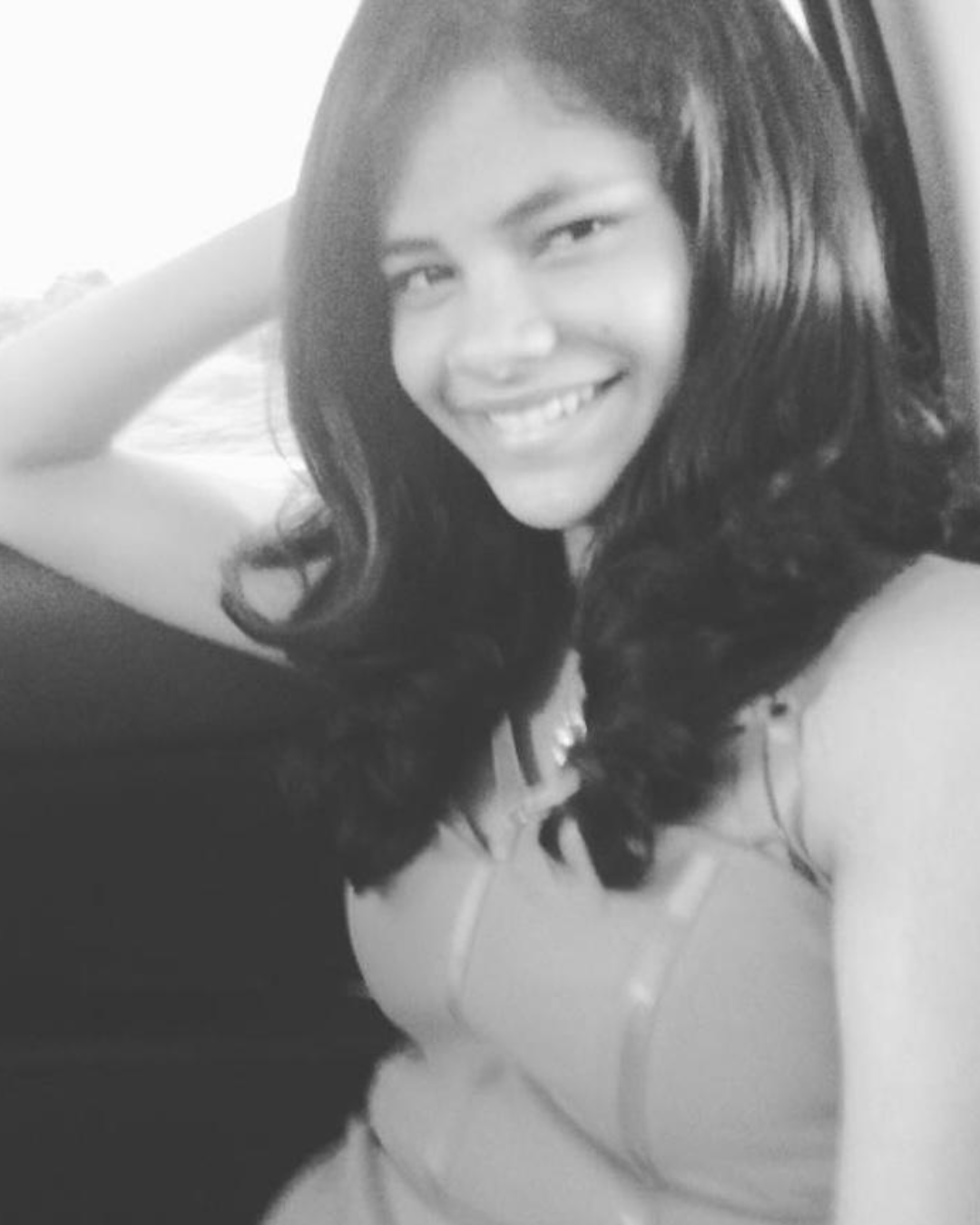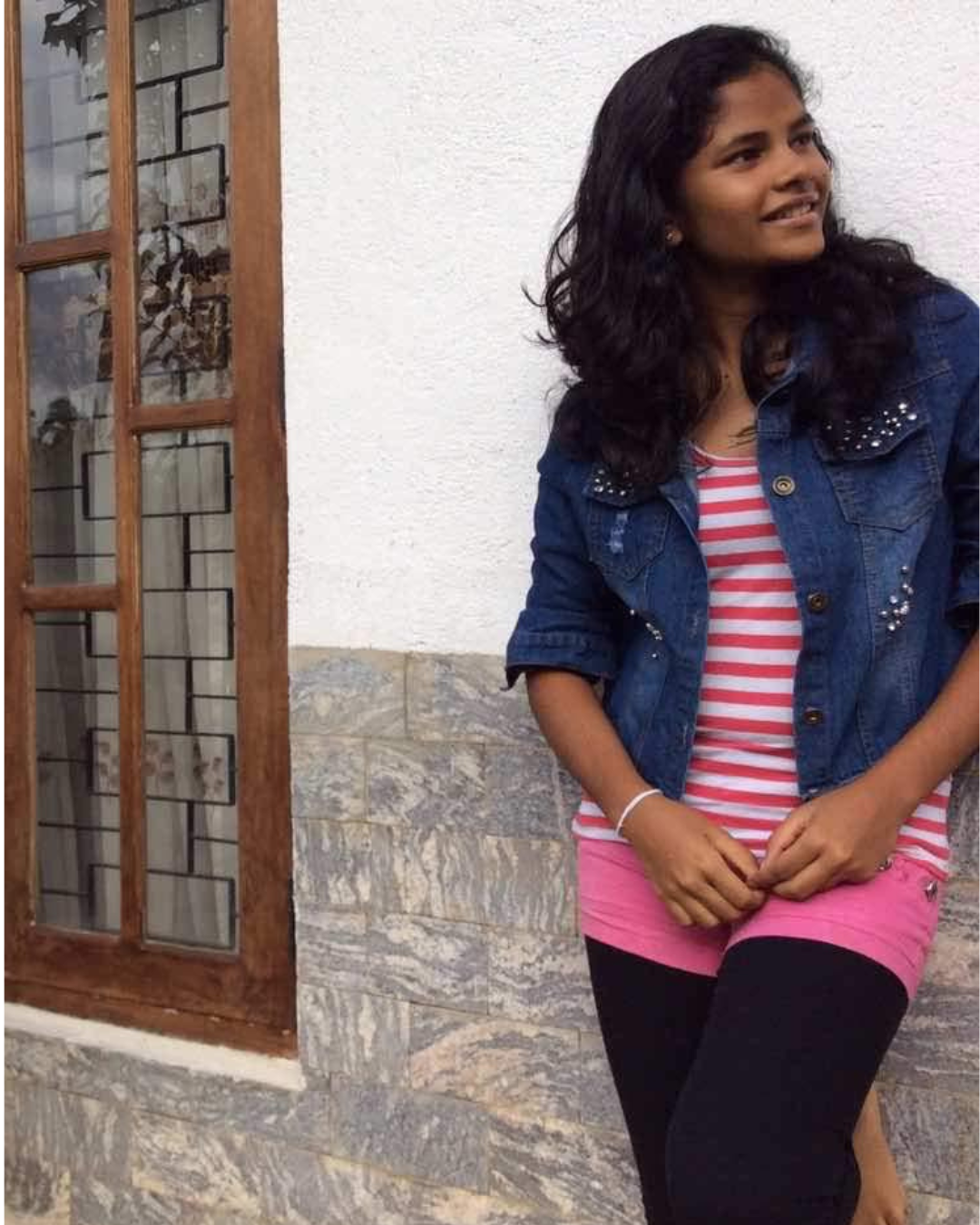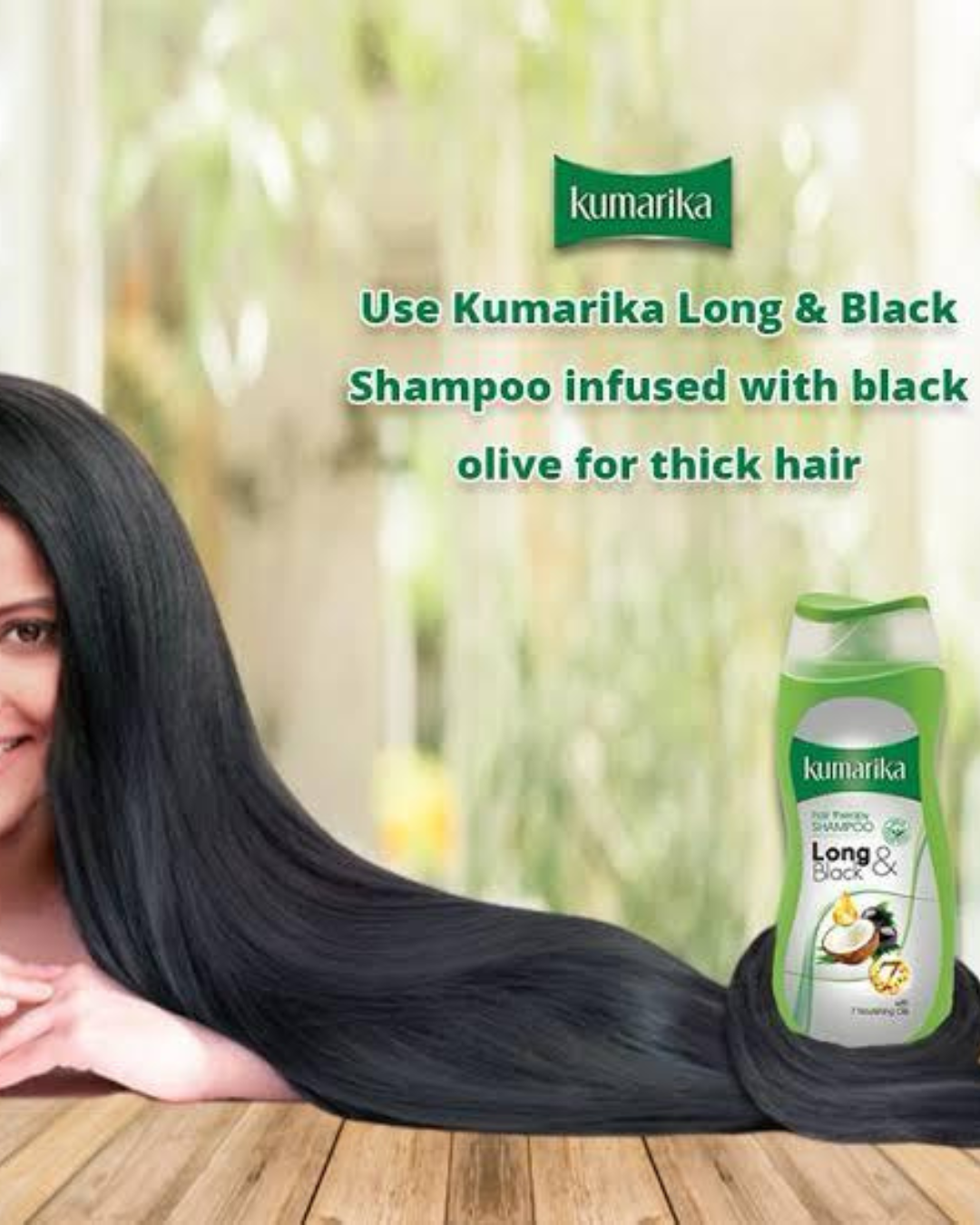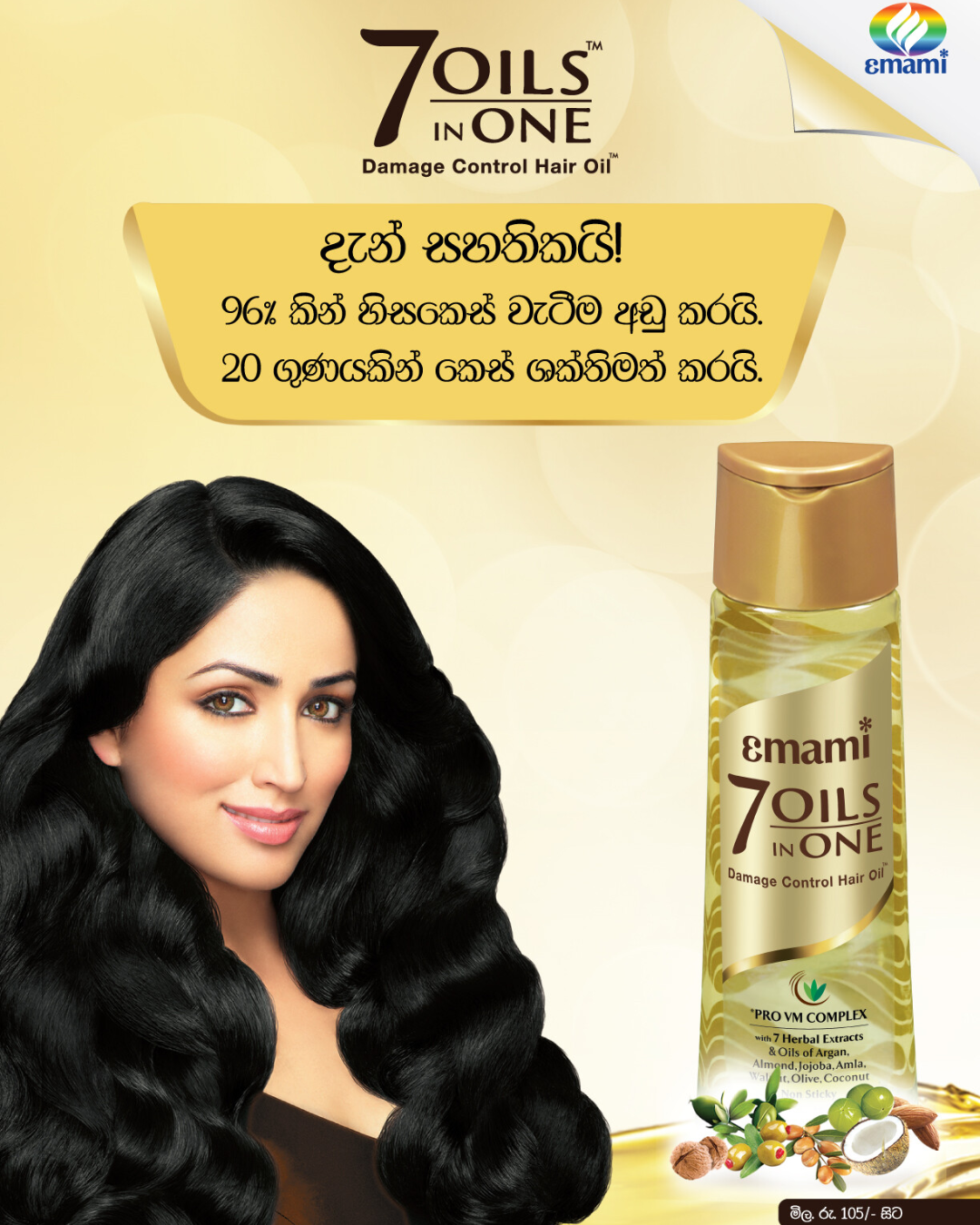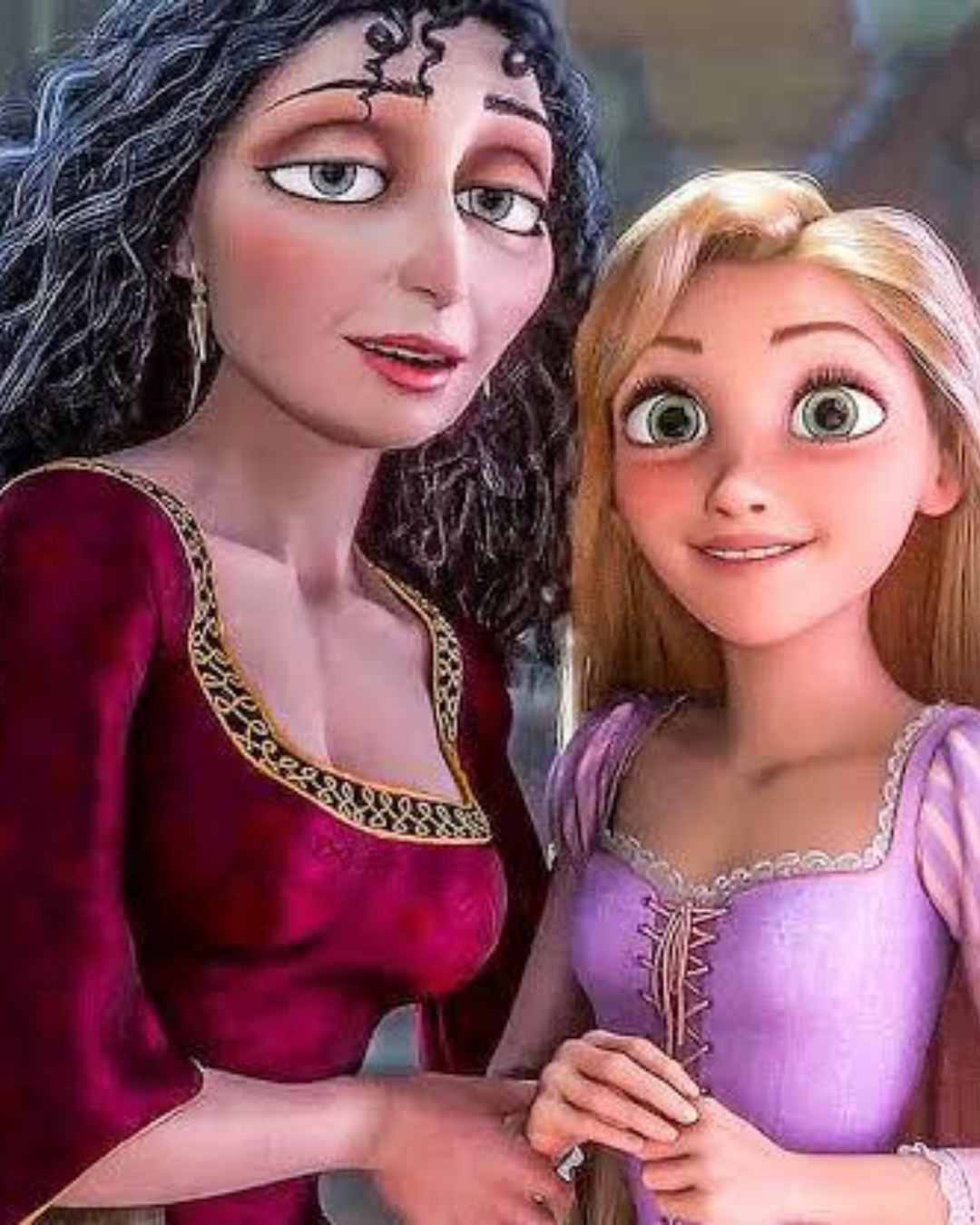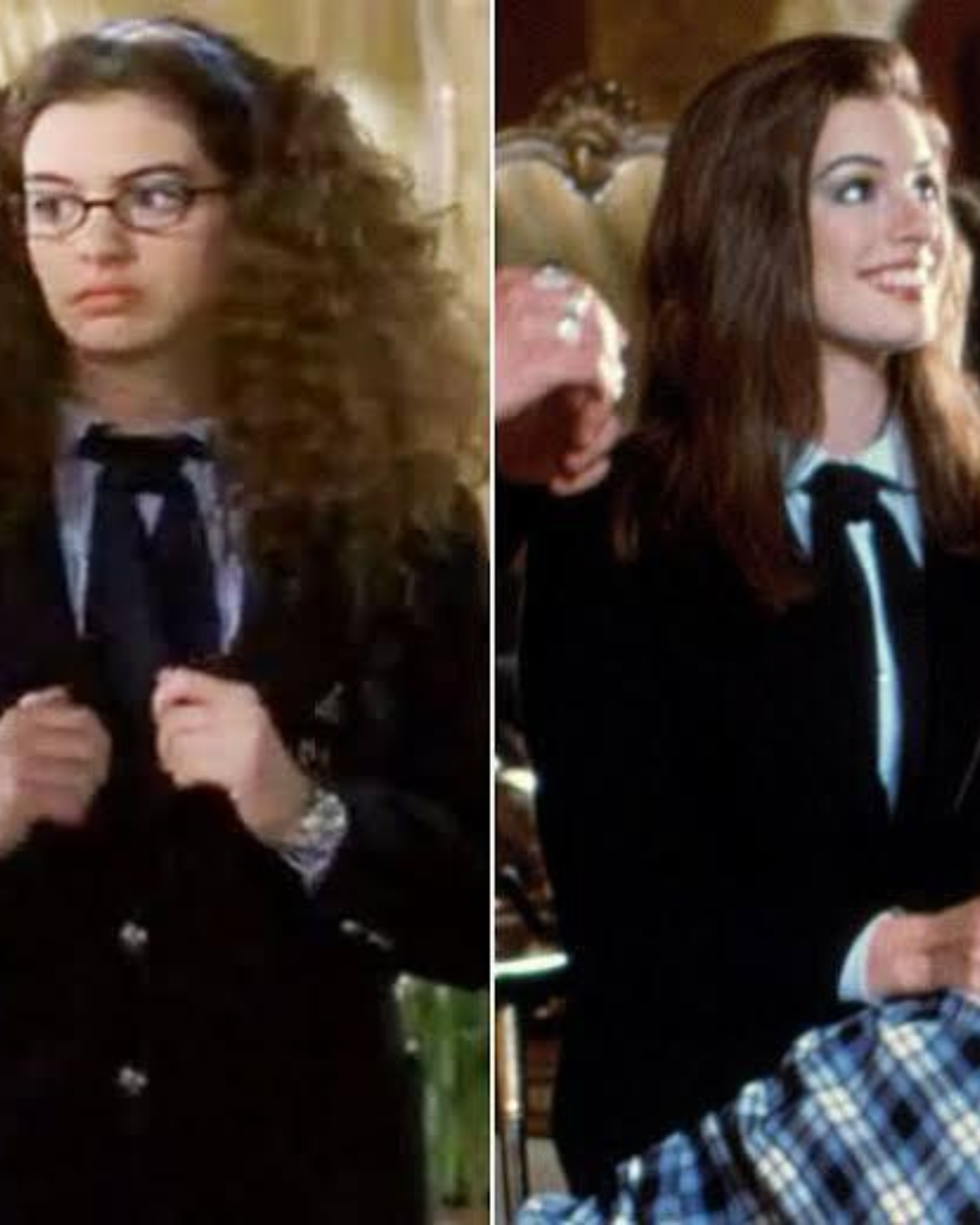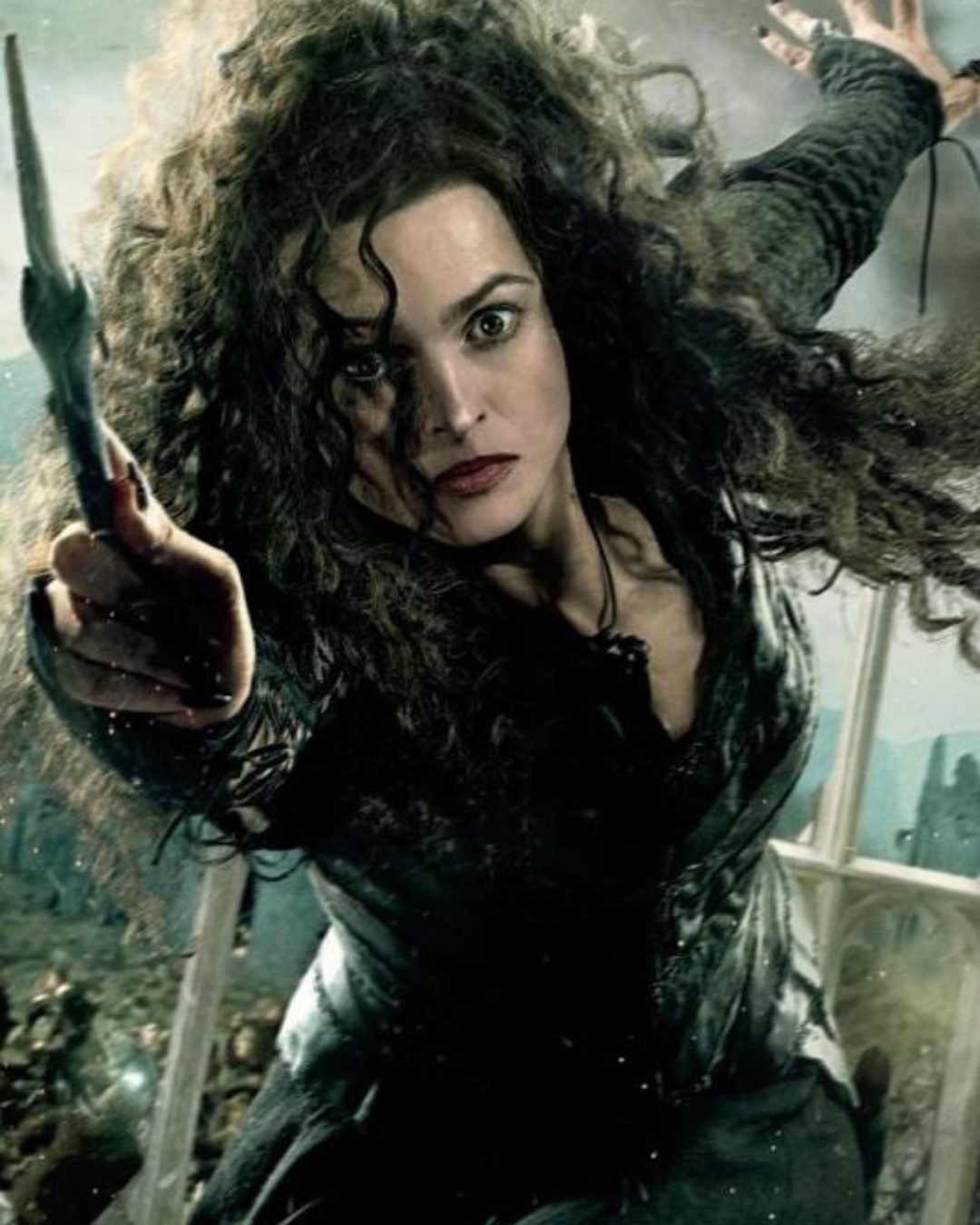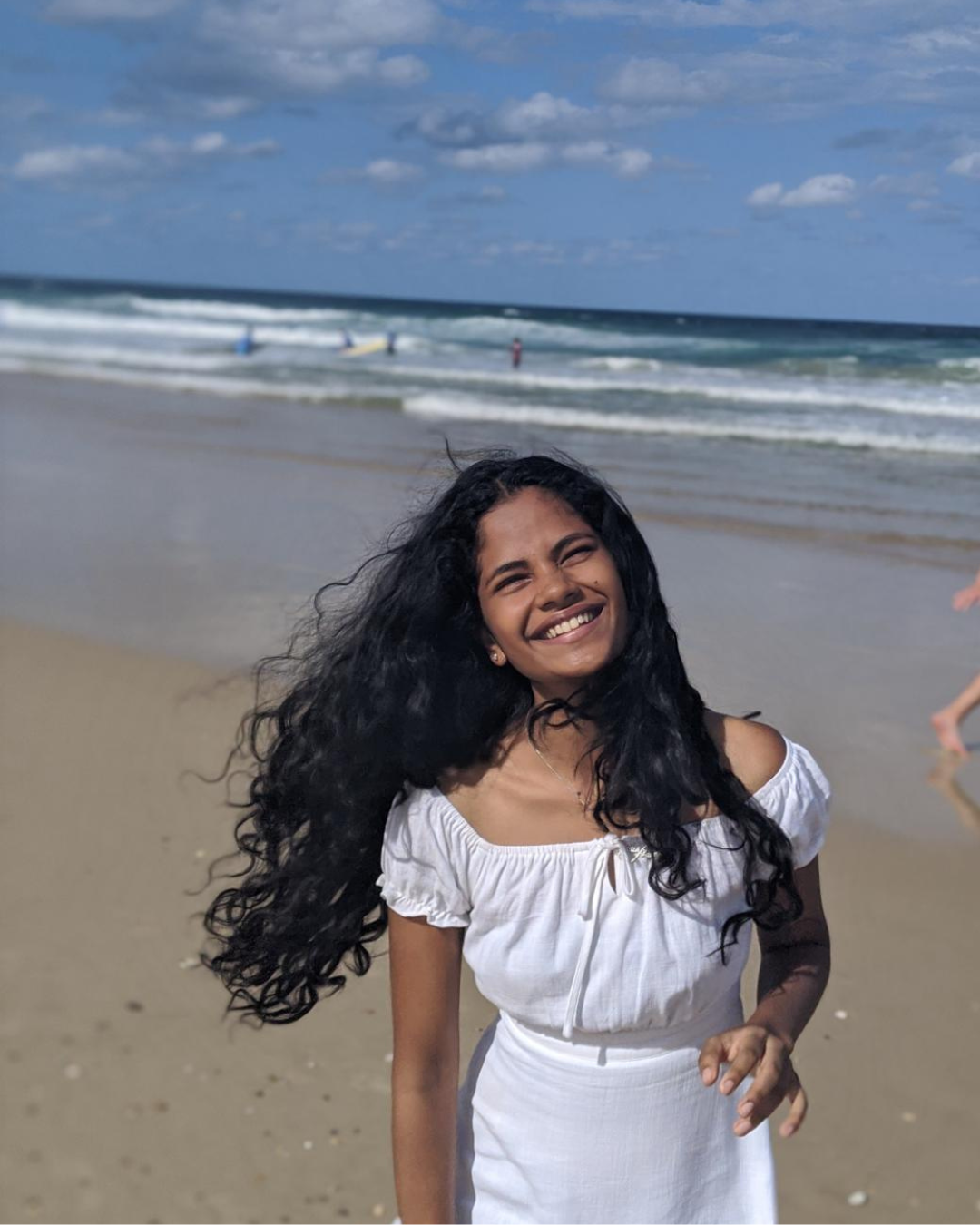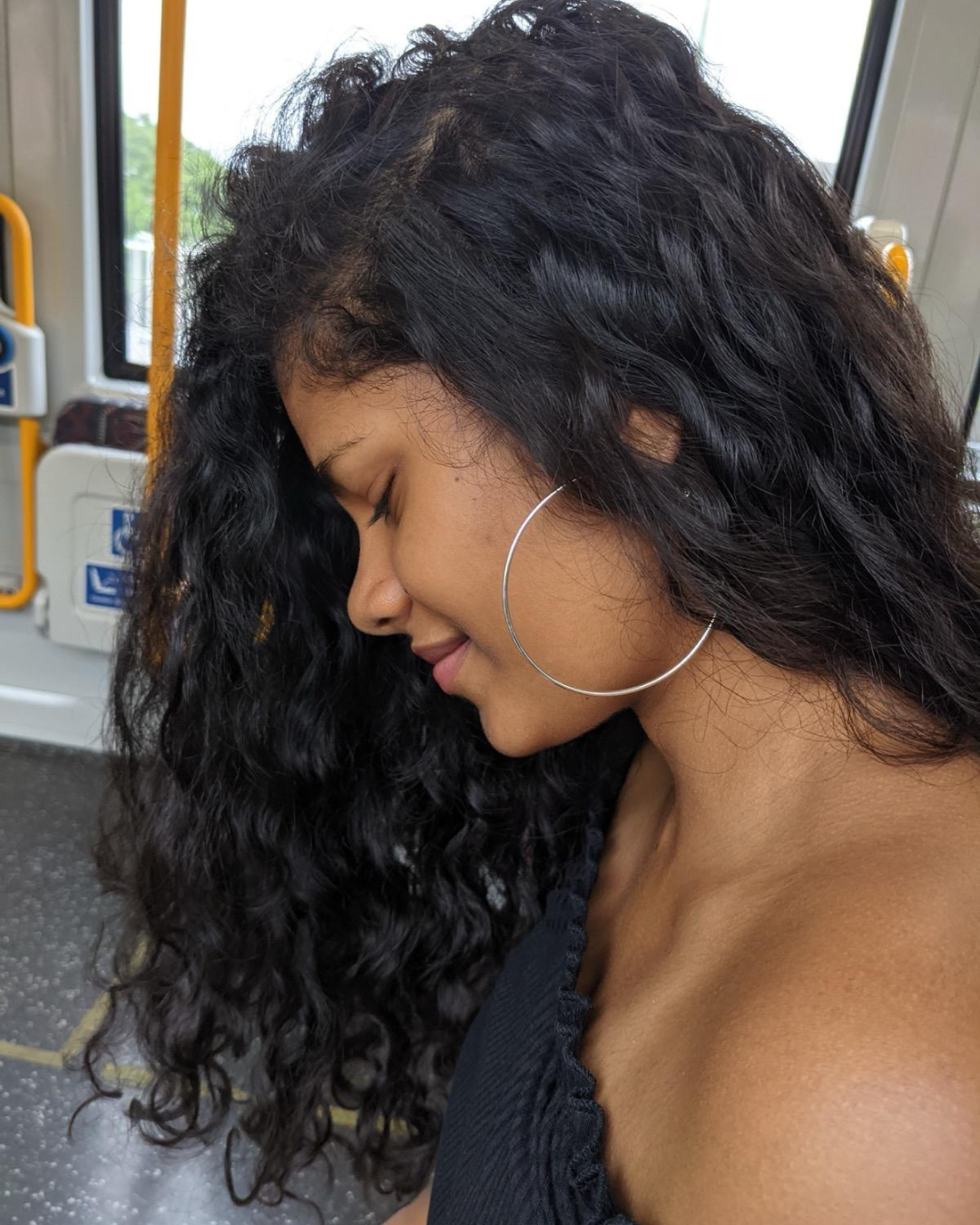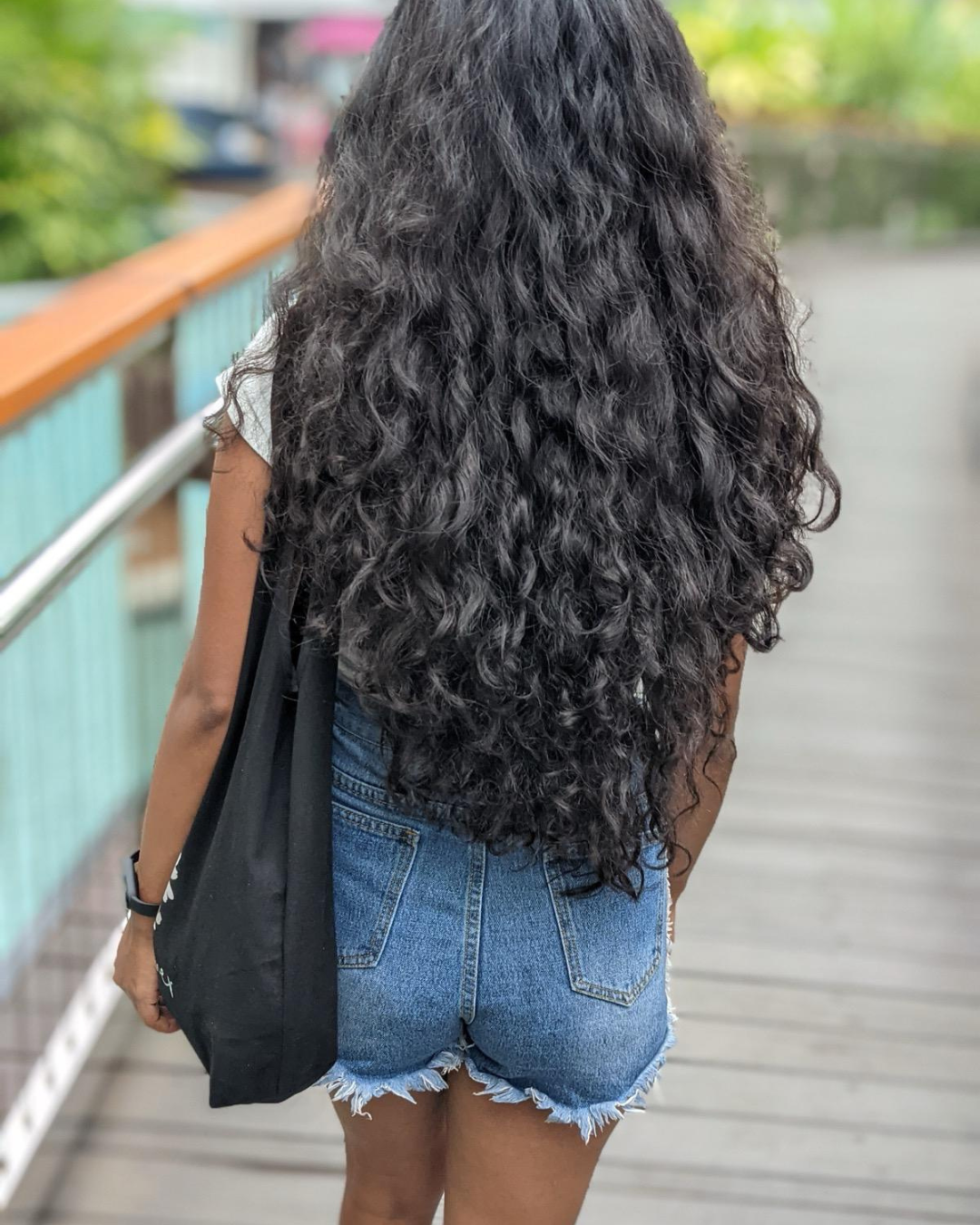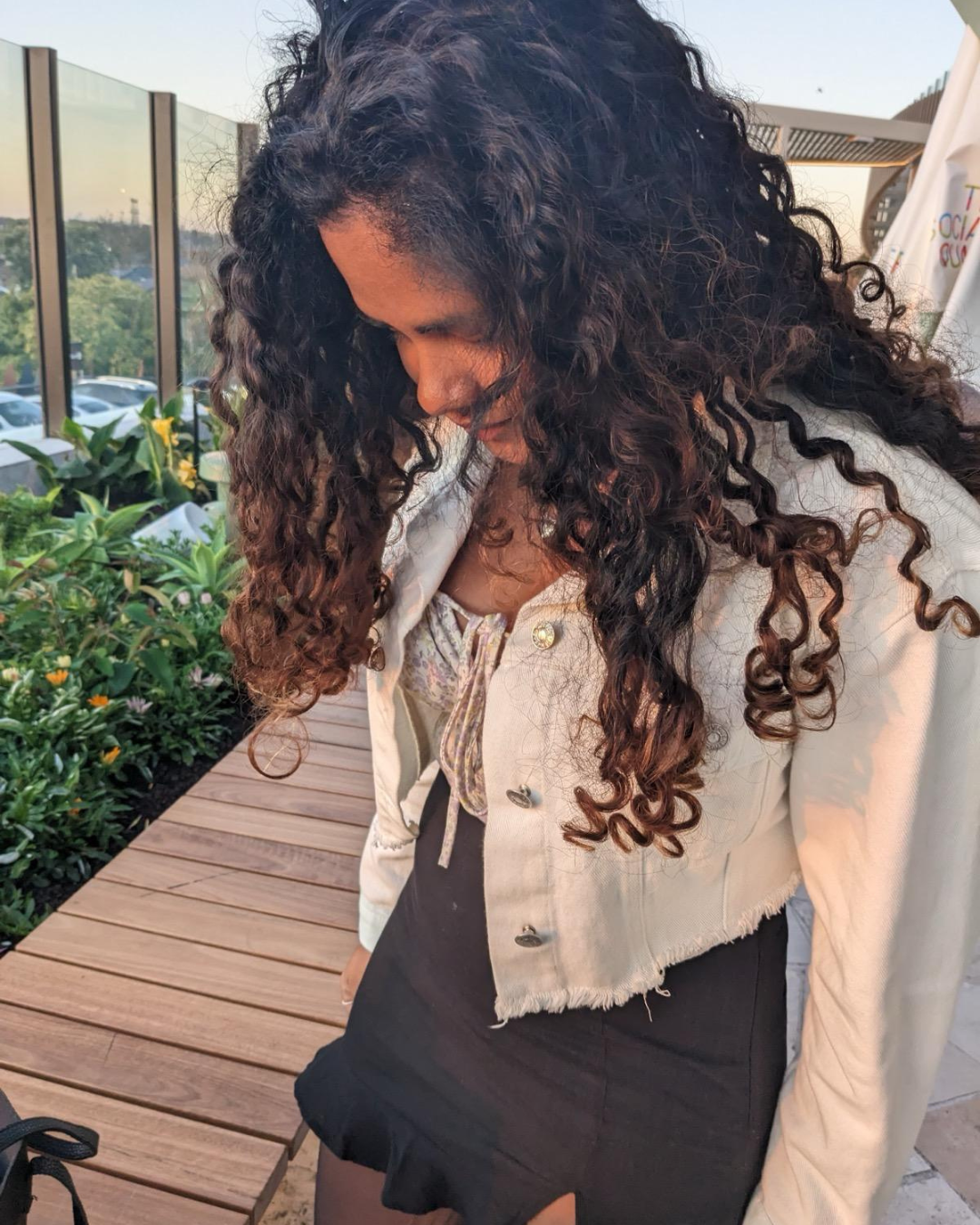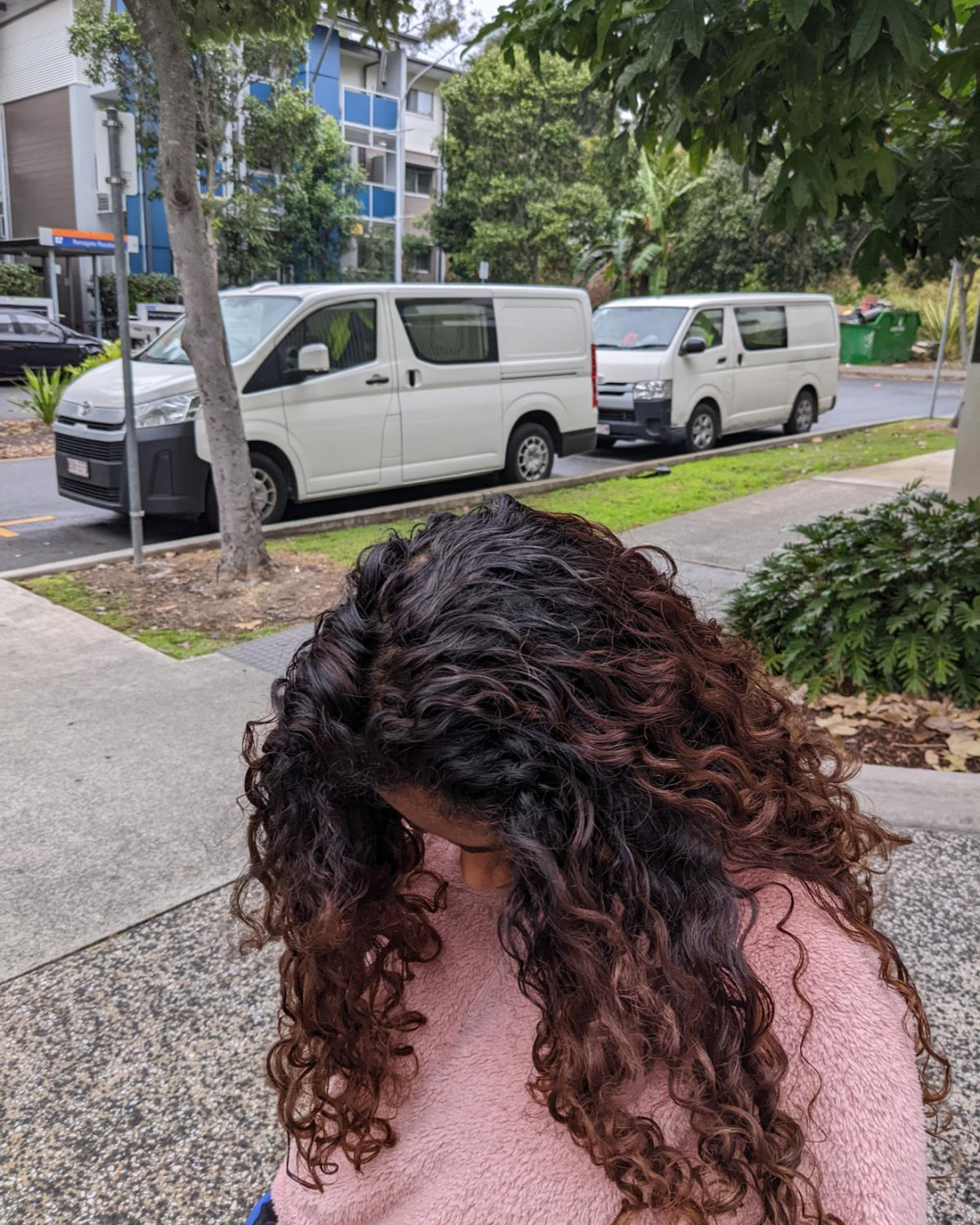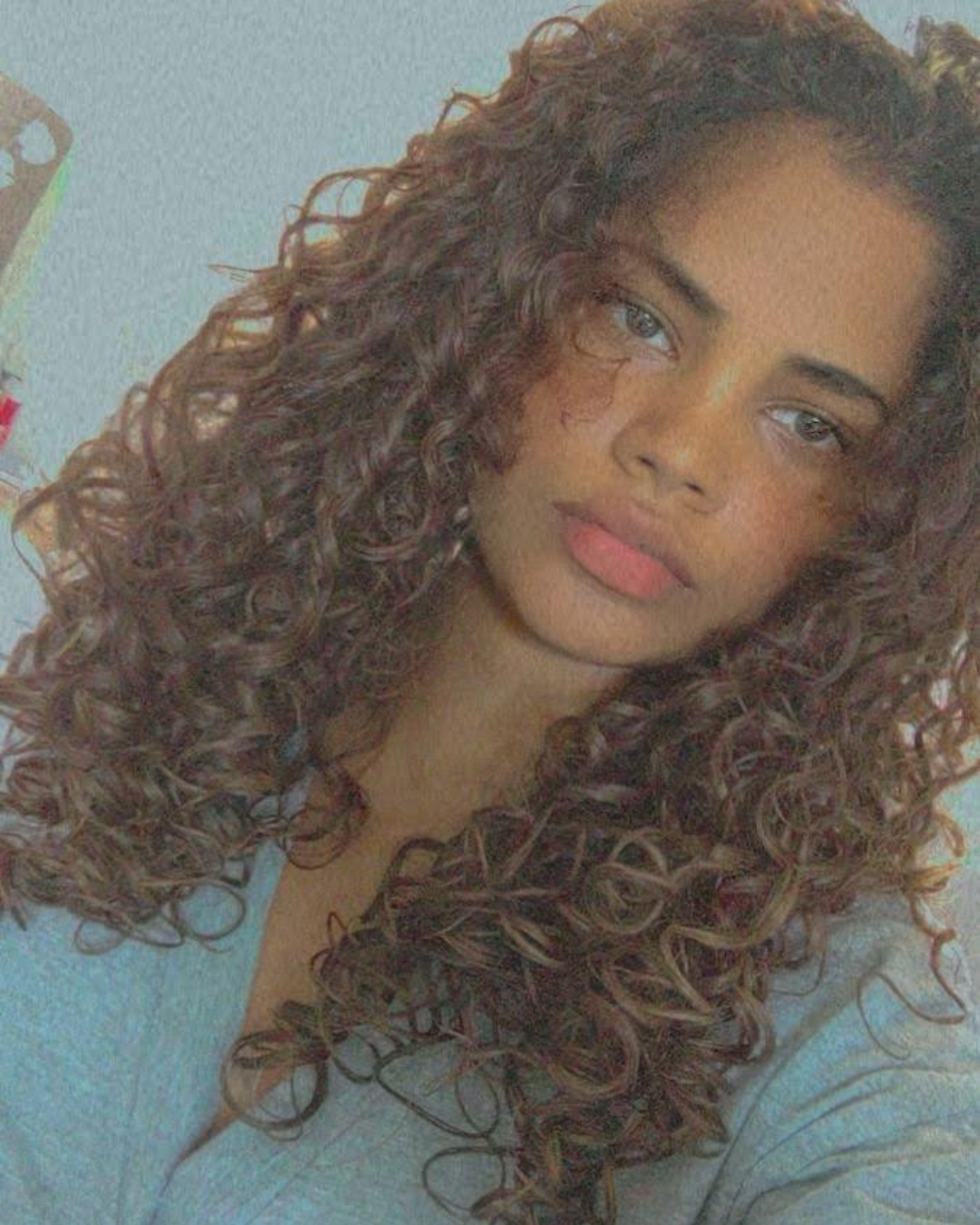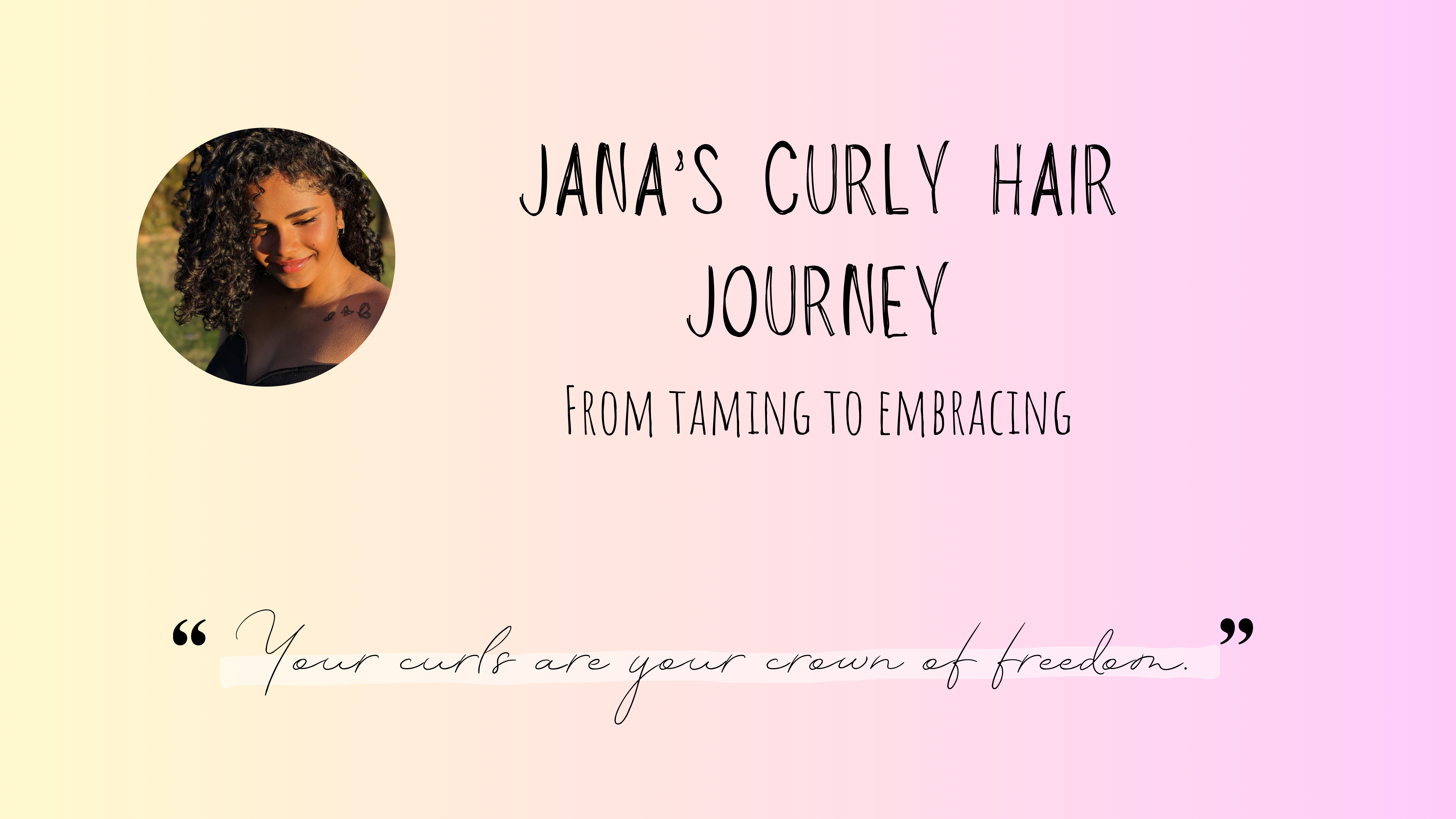
There was a time when I couldn’t stand what I saw in the mirror.
I struggled so much with my curls that I would brush them aggressively, tug until it hurt, and even lay on the couch during dinner with my hair pressed into the cushions, hoping the weight of my body would flatten them.
I even tried Jedi mind tricks - imagining my DNA strands and “mentally straightening” them, as if I could somehow rewire my genetics.
Spoiler: the Force was not with me.
Where the Story Really Began
It wasn’t truly my hair I was fighting - it was the societal conditioning I’d absorbed about what was “beautiful” and “acceptable.”
Some of those messages came from the world around me.
Some, painfully, came from within my own home.
One of my earliest memories are of being told that I look like a Sri Lankan male actor (Vijaya Kumaratunga) - meant as a light-hearted joke, but to me, it stung and left a mark to this day.
I began to wish for different hair, slowly believing I needed it to be accepted.
Then there were the mornings before school when I was younger - rushed and chaotic.
On difficult days, my hair was combed in frustration and if my hair didn’t cooperate, the brush was left dangling from my head for me to deal with.
Somewhere along the line, I absorbed a quiet belief: “I'm too much work.”
Both of my parents have curls too, but I inherited not just their hair type - I inevitably inherited their unhealed relationship with their own hair.
Growing up, I’d watch my mum spend a lot of time and money on keratin treatments, learning silently that curly hair was something to be “fixed".
I was told I was too young to have those treatments, but I was eagerly looking forward to the day I could.
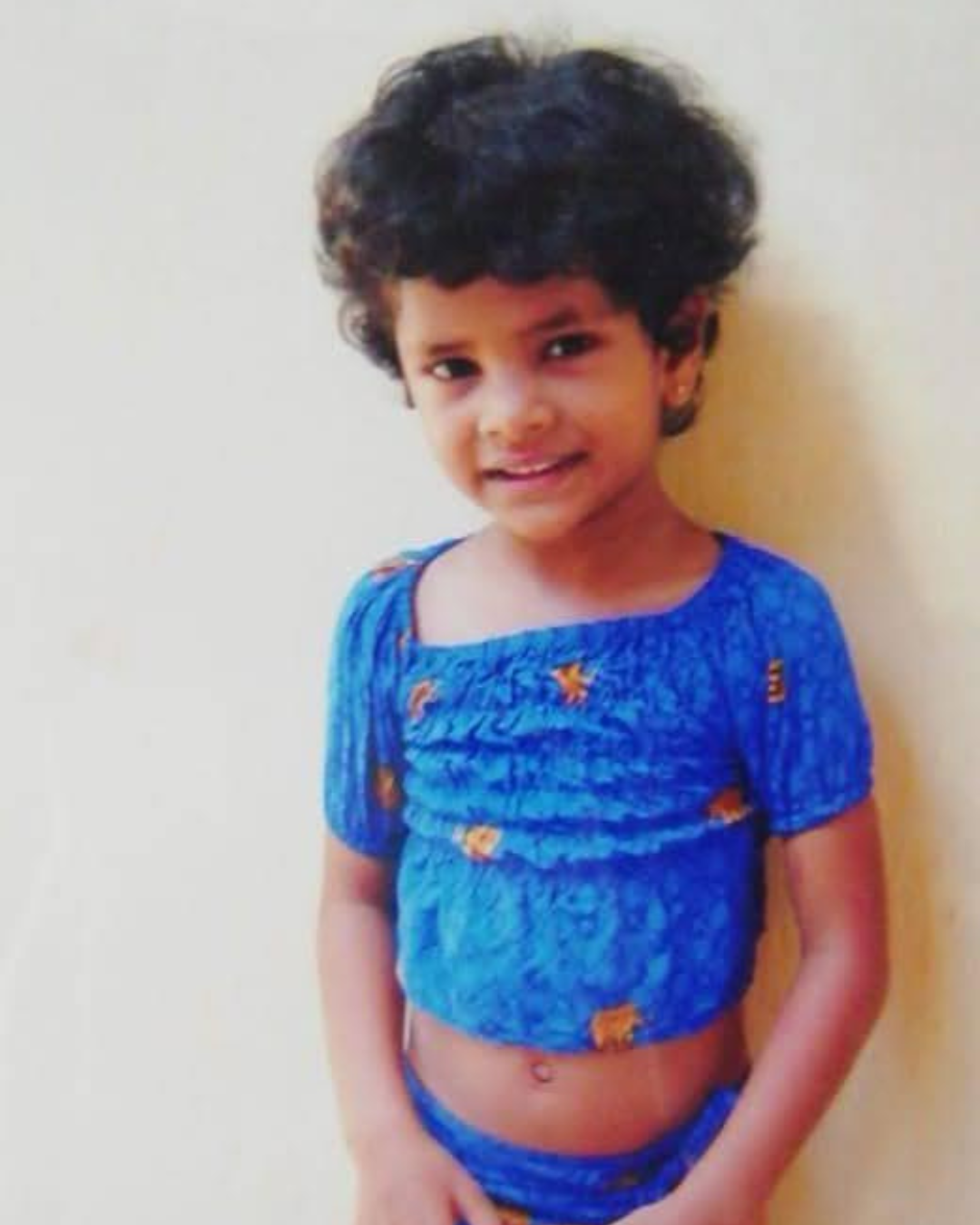
The Deep Cuts of Comparison
I was the only curly-haired child in my family. My siblings’ hair seemed easier to manage and more admired.
In Sri Lanka, salons wouldn’t just cut your hair - they’d blow-dry it straight if you have natural curls, as though doing you a favour.
My mum would specifically request stylists to reduce my hair volume, using phrases like she has yaksha konde (demon hair).
At special occasions, I’d sit in a salon chair, waiting for the transformation.
Once my hair was sleek and straight, I felt “presentable”. I’d delay washing it, holding onto that version of myself for as long as possible.
At school, those days were met with “Wow! Good hair day!” - and although I smiled, it hurt to know that version of me wasn’t my true self.
When Curls Became the Villain
The media had a way of teaching beauty standards without ever needing to say the words out loud. Sometimes it shouted, sometimes it whispered, but the message always found its way in.
In Sri Lanka, shampoo ads would feature fair-skinned women with pin-straight hair, faces and features that felt so far from my own reality.
In movies, the same template repeated itself: For instance; in Tangled, the shining heroine was crowned with long, straight blonde hair, while the villain was marked by dark, curly locks. In The Princess Diaries, the makeover scene suggested that curls represented the “before,” while sleek, straight hair symbolised the “after.” In Harry Potter, Bellatrix Lestrange’s curls became a cue for chaos and madness.
Again and again, curls were coded as “messy,” “unruly,” or “untrustworthy.” The rare exception was Brave (2012), where curls were finally shown as beautiful - but even then, they belonged to a fair-skinned, red-haired character. Never dark skin. Never dark hair. Never someone who looked like me, or like so many other South Asian girls.
That kind of absence speaks loudly - and it’s a silence I believe many curly-haired girls like myself have felt linger.
When Everything Began to Change
Then I met someone.
One of the very first things my partner ever said to me was that he loved my natural hair and preferred it over when I straightened it.
I honestly thought he was legally blind. I’d never been complimented on my curls before, so I couldn’t believe him.
Once, while we were talking about movies, he even mentioned that he actually liked Mother Gothel’s hair in Tangled more than Rapunzel’s.
To me, that sounded absurd - she was the villain, and her curls were part of the “messy and untrustworthy” image I had been conditioned to dislike.
I was so deeply wired to see straight hair as the only kind of beautiful that I assumed he was being sarcastic.
And truthfully… I didn’t believe him. Not for years.
But over time, his love for the things I tried to hide started rubbing off on me.
Everything I was insecure about… he celebrated.
He helped me see that what I thought made me less, made me me.

A Wet Pillow and a Turning Point
One night, I went to bed with wet hair and woke up to defined curl clumps.
I decided not to brush them out - just for once - because I felt like they looked good.
That tiny decision felt like I cracked the code. For a while, I thought I was a genius: “Just sleep with wet hair, that’s the trick!”
Of course, it wasn’t sustainable (my poor pillow), but it planted a seed.
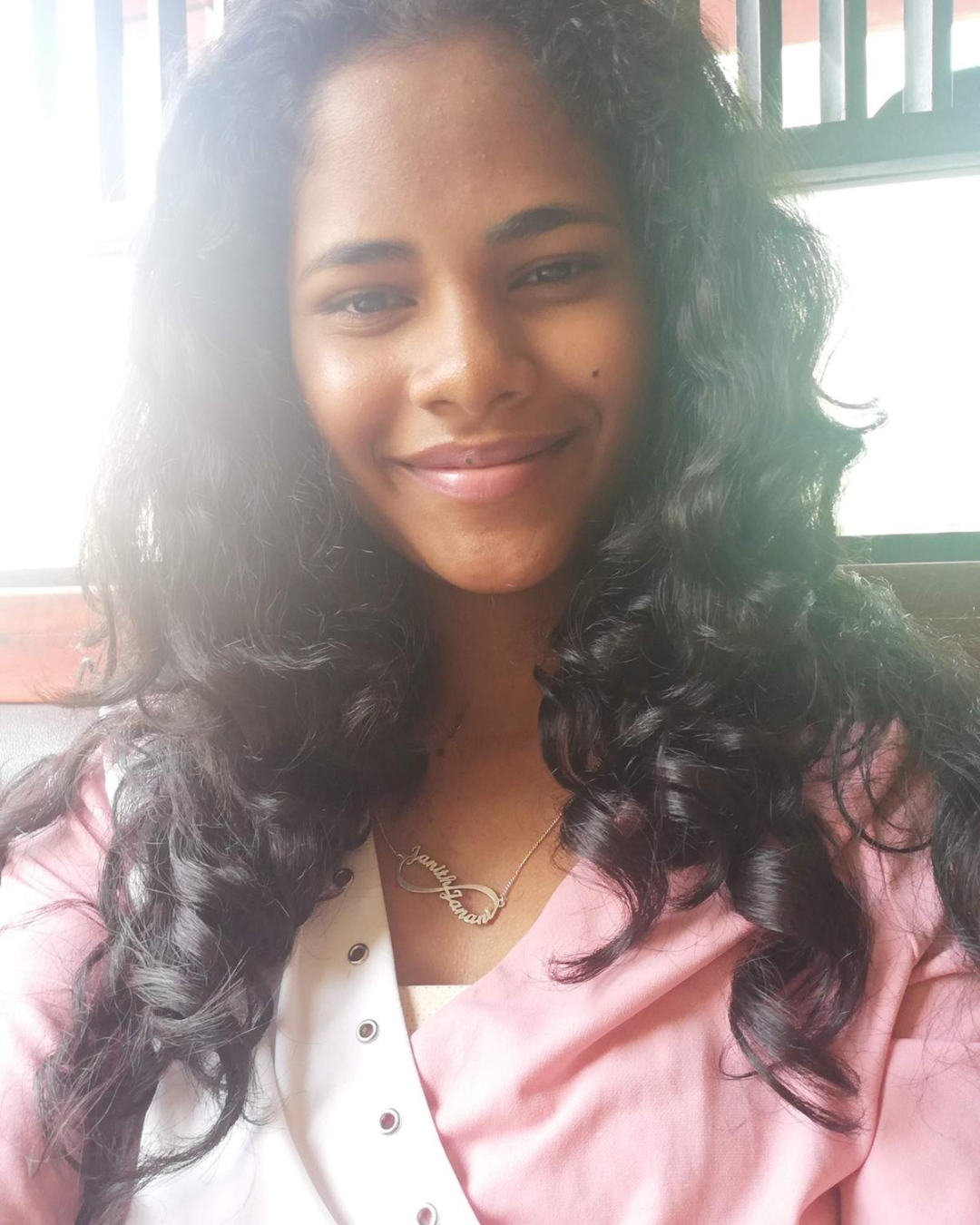
A New Country, A New Chapter
That seed took root when I moved to Australia for university. Away from old voices and expectations, I finally had space to create my own identity.
For the first time, I was simply me. And I wanted to meet that version of myself.
The Real Hair Journey
In Australia, strangers would stop me to compliment my hair and skin tone.
At first, it startled me. Other than my partner, no one had ever praised those traits before.
That curiosity led me down a rabbit hole of research. I stumbled across videos on curly hair care - things like the Curly Girl Method. I experimented, learning about hydration, curl patterns, protein-moisture balance, etc.
For my birthday, my partner gifted me a hair diffuser - a simple tool that felt like freedom.
Piece by piece, I built a routine the classic way: trial → error → repeat. What worked one season flopped the next. I took notes, made peace, and somewhere along the way stopped trying to tame my hair and started honouring it.
One of the very first people I shared this discovery with was my mum.
I longed for her to see her own beauty the way I was beginning to see mine.
I wanted her to feel the liberation I felt when I stopped fighting my reflection.
I sent her products, tutorials, everything I thought might help her reconnect with her curls. But unfortunately, years of conditioning had, understandably, left their mark, that she still finds herself turning to keratin treatments, believing her curls need to be "fixed".
Today: My Curls, My Confidence
I no longer see my curls as something to battle. They are part of me - a symbol of everything I’ve reclaimed.
They’ve taught me that beauty isn’t about squeezing into someone else's mould;
it’s about living in your own, fully and unapologetically.
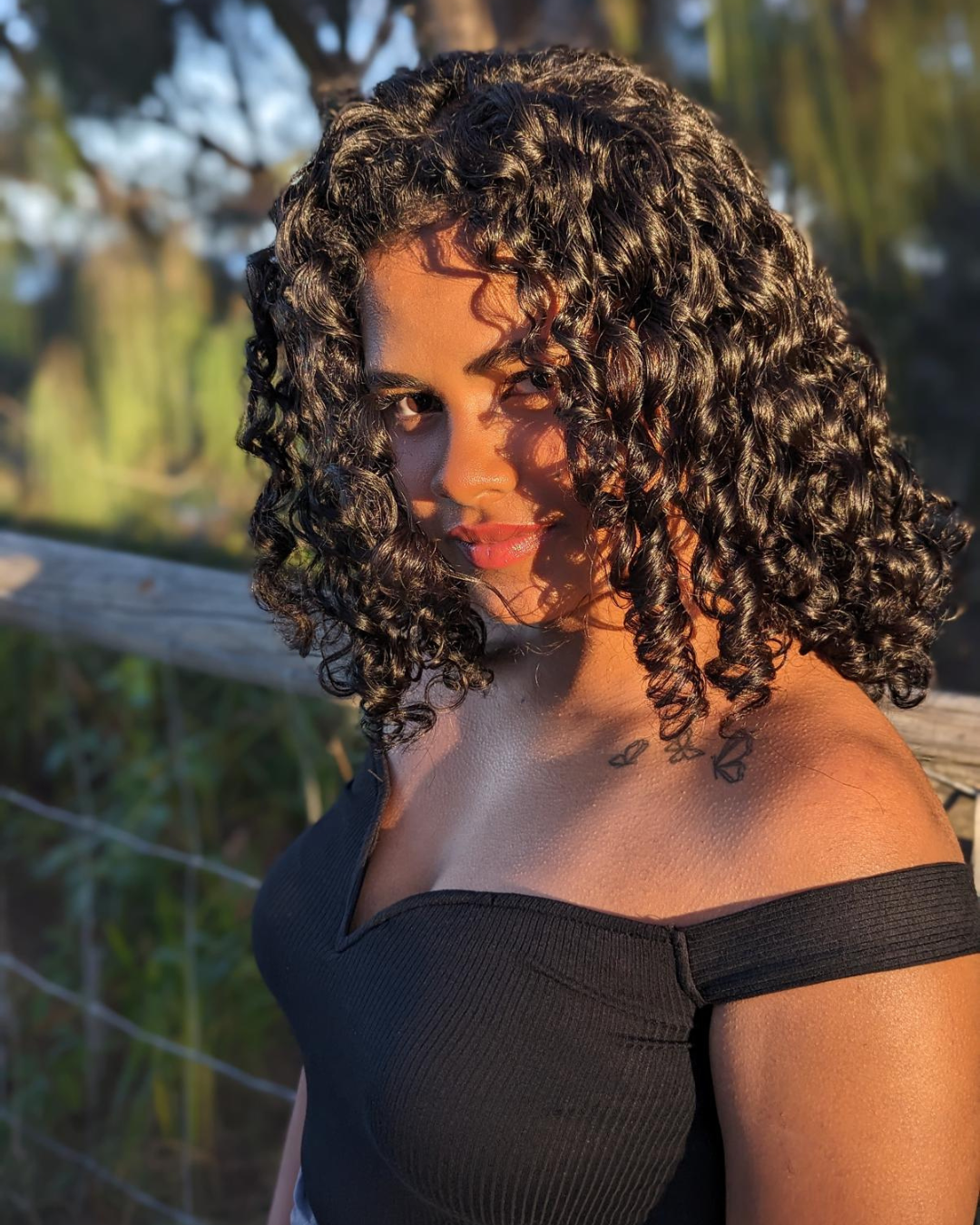
Dear Curlfriend,
If you’ve ever wished your curls away…
If you’ve ever been told they made you unprofessional, unruly, or unlovable…
If you’ve stared at your reflection wishing for someone else’s hair - I see you.
I know how years of conditioning can convince us to hide the very things that make us unique. But your natural self is not something to fix - it’s something to embrace.
Your curls are not a curse - they are a crown.
Your natural self is radiant, capable, and more than enough.
You don’t need to shrink to be loved. You don’t need to trade your truth for acceptance.
You were never the problem - the standard was.
Let it go. Let your hair flow. And embrace what has always been yours ♡
Continue the Journey
Explore other personal stories that shaped the Body, Mind, Heart, and Soul pillars of Just Jana.
Explore My Journeys →